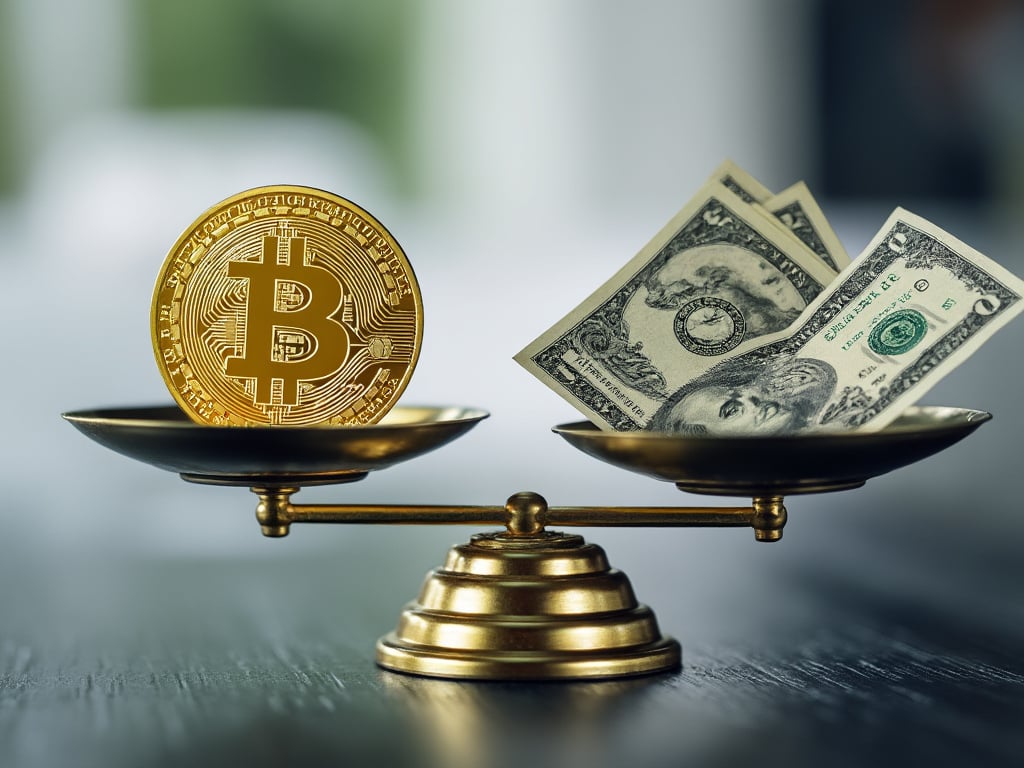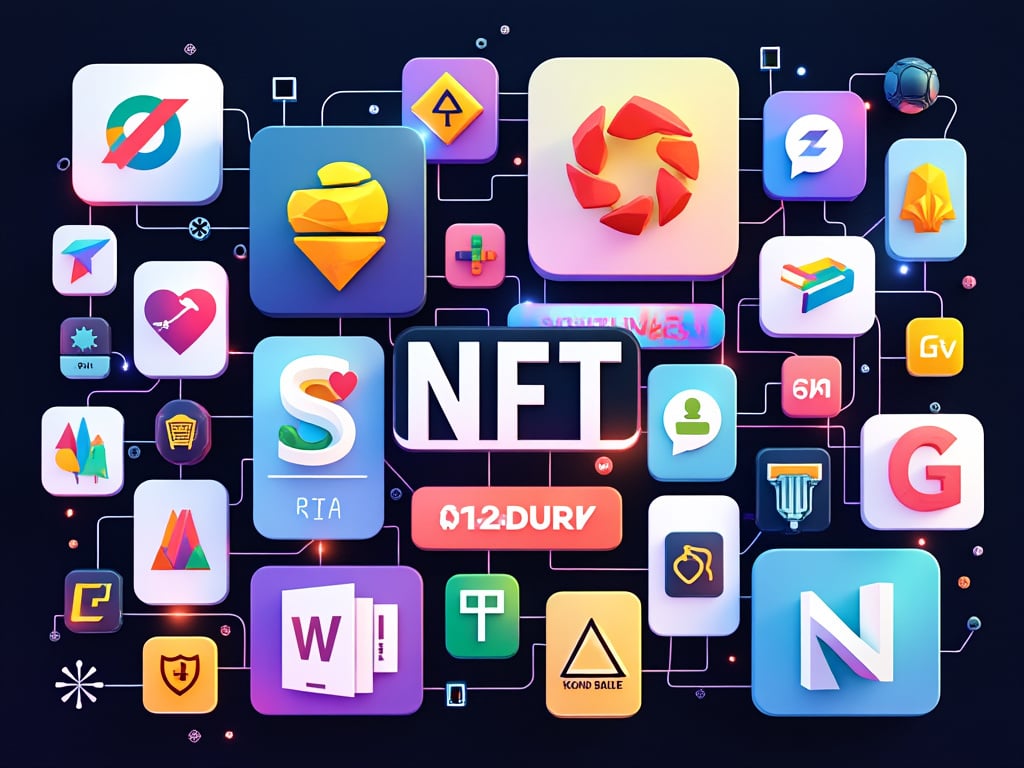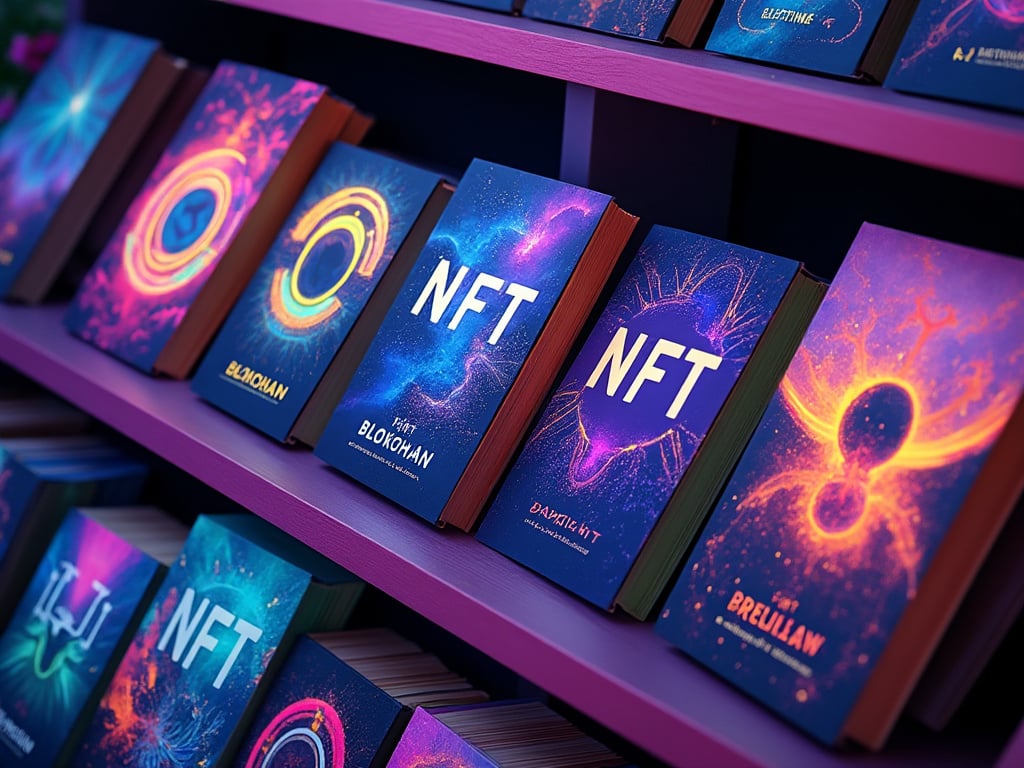In the ever-evolving world of blockchain technology, the concept of NFTs has emerged as a groundbreaking innovation. An NFT, or non-fungible token, represents a unique asset that is verified using blockchain technology. Unlike cryptocurrencies such as Bitcoin or Ethereum, which are fungible and can be exchanged on a one-to-one basis, each NFT has distinct properties that make it unique.

Revolutionizing Industries with NFTs
NFTs have revolutionized various industries, from digital art to real estate. For example, artists can now tokenize their digital artwork, creating non-fungible token (NFTs) that verify ownership and authenticity. This opens up new revenue streams and provides greater control over their creations. Additionally, NFTs tokenize real estate properties, allowing fractional ownership and easier transfer of assets.
One of the main advantages of NFTs is their ability to provide proof of ownership and provenance. This is especially important in the art world, where authenticity is crucial. Artists can ensure that their work is original and untampered with by creating an NFT for a piece of art. This also allows buyers to verify the authenticity of their purchases easily.
Platforms and Marketplaces for non-fungible token NFTs
The popularity of NFTs has led to the development of various platforms. Many platforms now dedicate themselves to buying, selling, and trading these unique assets. OpenSea, Rarible, NFTBOOKS and NBA Top Shot are just a few examples of platforms where users can engage with NFTs. These platforms use the ERC721 standard, a protocol on the Ethereum blockchain that specifically designs non-fungible tokens.
The use of NFTs extends beyond art and real estate. The gaming industry also uses them. Players can buy, sell, and trade in-game assets such as skins, weapons, and characters. This has created a new economy within games, providing players with real-world value for their digital possessions. Moreover, musicians can use NFTs in the music industry to tokenize their songs and albums, providing fans with unique, collectible items.
Future Applications and Environmental Impact
As the technology behind NFTs continues to evolve, so too will their applications. For instance, NFT could be used for identity verification, ensuring that personal data is secure and cannot be duplicated. They could also be used in supply chain management, providing a transparent and immutable record of the journey of goods from manufacturer to consumer.
The environmental impact of NFTs has been a topic of debate, as the process of minting and trading NFTs requires significant computational power and energy consumption. However, many blockchain networks are working towards more sustainable solutions. Ethereum, for instance, is transitioning to a proof-of-stake model, which is expected to reduce energy consumption by up to 99%.
In conclusion, NFTs represent a significant advancement in the world of blockchain technology, offering unique solutions for ownership, authenticity, and asset transfer. As the technology continues to mature, the potential applications of NFT will likely expand, bringing even more innovation to various industries.
You might be interested in reading this Topic as well. Understanding the impact of NFTs is crucial for anyone looking to stay ahead in the digital age.
More Books Topics are HERE.







